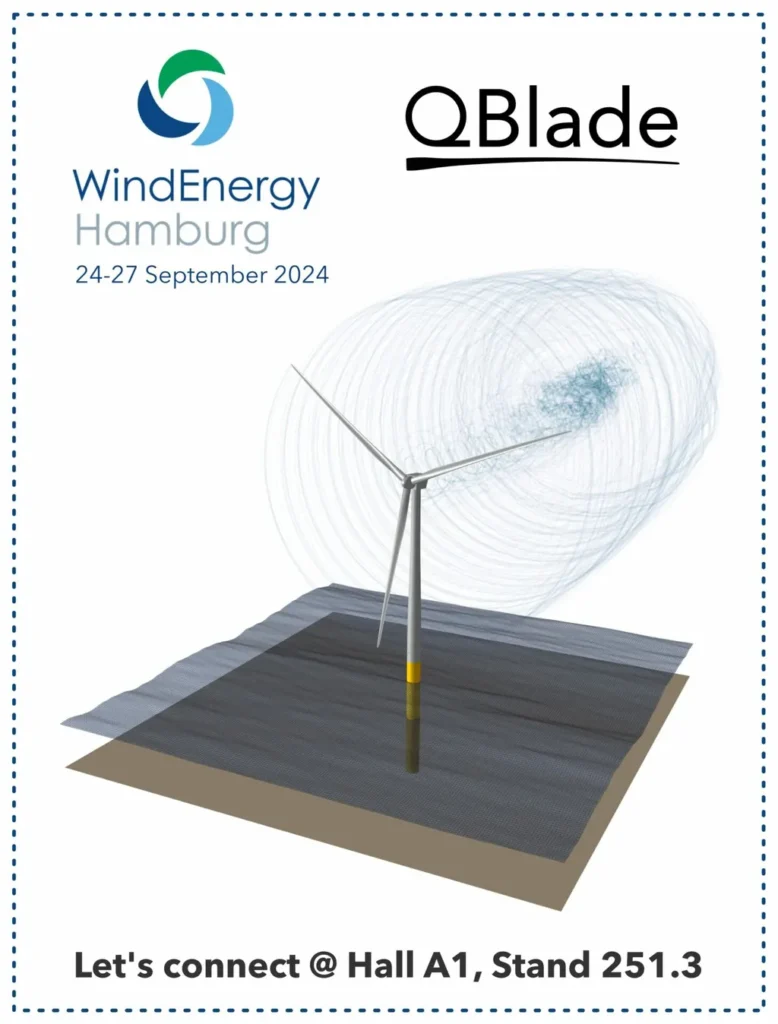In a groundbreaking development for the wind energy sector, researchers have unveiled a novel approach to designing high-performance, manufacturing-friendly rotor blades for micro wind turbines. This innovation, led by Moritz Burmester of the Competence Center for Renewable Energies and Energy Efficiency (CC4E) at HAW Hamburg in Germany, addresses critical challenges in the industry, promising to revolutionize the way we harness wind power at smaller scales.
Traditional manufacturing methods for rotor blades, such as composite construction and die casting, have long been hindered by high costs due to expensive molds. Additionally, 3D printing, while promising, often results in poor quality or high production costs with unfavorable cost-per-part scaling. These challenges are further compounded by the poor performance of conventional airfoil designs at low Reynolds numbers, typically below 100,000, necessitating larger rotors. This becomes particularly problematic in wind tunnel studies, where multiple rotors must fit within a single wind tunnel for wake or multirotor research, significantly increasing both building costs and wind tunnel requirements.
To tackle these issues, Burmester and his team developed a high-performance rotor blade design that is both aerodynamically efficient under low Reynolds number conditions and easy to manufacture. The key to their success lies in the use of cambered plate airfoils, which were optimized using a class shape transformation and seventh-degree Bernstein polynomials. “By leveraging these mathematical tools, we were able to achieve a delicate balance between aerodynamic performance and manufacturability,” Burmester explained.
The optimization process involved both single-objective and multi-objective algorithms, targeting both aerodynamic efficiency and manufacturability. Aerodynamic performance was analyzed using XFOIL, with evaluations conducted at Reynolds numbers of 30,000, 40,000, and 50,000 to ensure robust performance across realistic operating scenarios. The blade tested with the optimized MB-LR2-7.5 airfoil exhibited good performance in wind tunnel tests, closely matching Blade Element Momentum (BEM) simulations.
The implications of this research are far-reaching. “This study not only advances our understanding of aerodynamic optimization in low Reynolds number environments but also paves the way for more efficient and cost-effective rotor designs,” Burmester noted. The potential applications extend beyond micro wind turbines to include unmanned aerial vehicles (UAVs), drone propellers, and ventilation systems.
The findings, published in the journal Wind Energy (translated to English as “Wind Energy”), highlight the potential of cambered plate airfoils to improve micro wind turbine performance while maintaining ease of manufacturing. This research is poised to shape future developments in the field, offering a more sustainable and economically viable solution for harnessing wind power at smaller scales. As the energy sector continues to evolve, innovations like these will be crucial in meeting the growing demand for clean and renewable energy sources.

